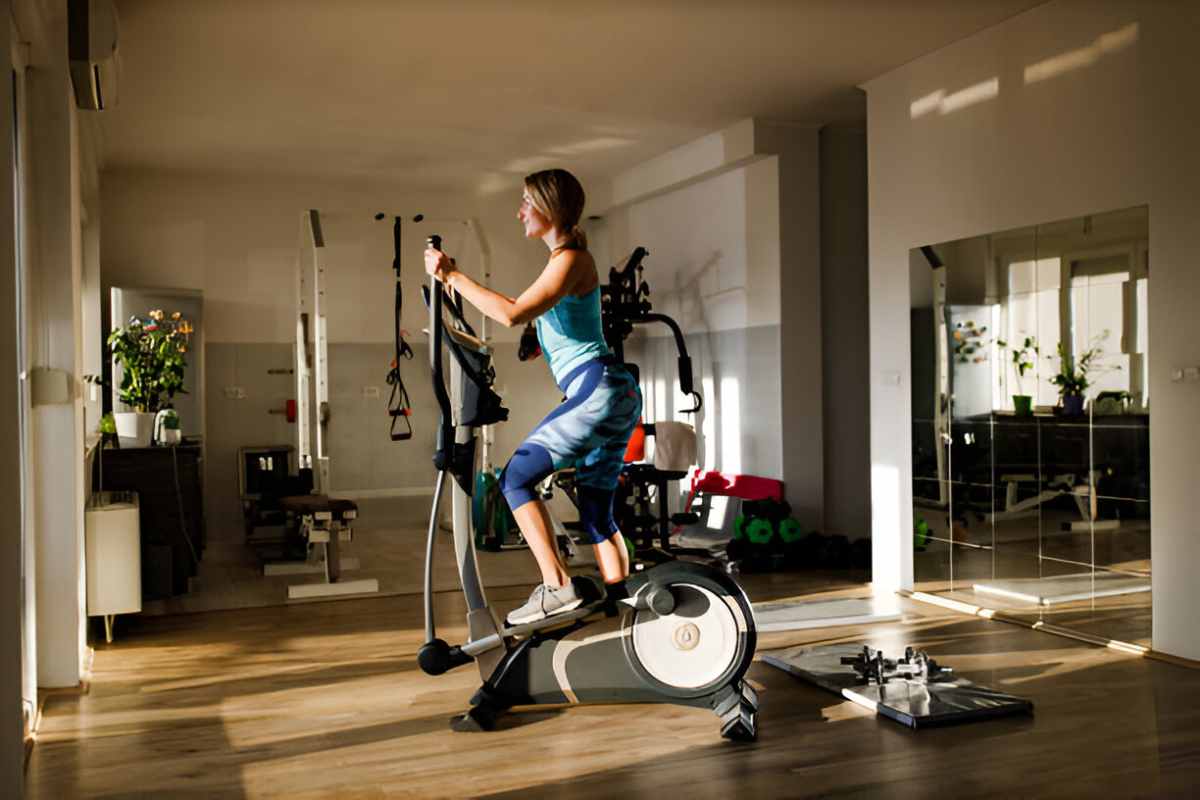Are you ready to take your fitness journey to the next level from the comfort of your own home? With the right gym equipment at home, it’s possible to build an effective workout routine that fits your lifestyle. Whether your goals include increasing strength, losing weight, or improving overall health, selecting the right gear will help you stay on track.
Understanding what works best for your specific needs is crucial, so it’s essential to evaluate a few key factors before making a decision. Selecting the right home gym equipment requires you to consider various aspects, such as your goals, available space, and budget. Let’s read in detail about these factors.
Assess Your Fitness Goals
When determining the best gym equipment for your needs, start by identifying your fitness goals. Different devices are tailored to specific fitness targets. If weight loss is your primary objective, cardio machines like treadmills or ellipticals can help you burn calories efficiently. If building muscle is the goal, you may need strength training equipment, such as dumbbells, kettlebells, or resistance bands.
However, the process doesn’t stop at just deciding between cardio or strength training equipment. You should also consider the specific aspects of fitness you’d like to focus on. For example, are you looking to enhance your endurance, flexibility, or power? These factors may affect the types of machines or accessories you choose. For flexibility, incorporating yoga mats and foam rollers into your selection could help complement your routine.
Consider the Available Space
The space you have at home is a key factor in choosing the right gym equipment. Not everyone has a large, dedicated workout area. Therefore, you must evaluate your available space before making any purchases. Compact machines like folding treadmills or multi-functional exercise stations are ideal for smaller areas. For larger spaces, you can accommodate more substantial equipment, such as full-size ellipticals, weight benches, or squat racks.
Moreover, it’s important to think about how it will be stored and how much room it will take up when not in use. Some machines, like resistance bands or free weights, can easily be stored in a small cabinet or on a shelf, while other larger machines may need designated areas in your home gym. This is particularly useful if you’re trying to maximize your space.
Think About Your Budget
Home gym equipment can vary greatly in cost, so it’s important to establish a budget before shopping. High-quality machines and weights can be an investment, but many affordable options are available for those just starting. Prioritize essential tools that match your fitness goals and offer durability. For instance, a basic set of dumbbells may be sufficient for building strength at home, while more advanced machines like rowers or stationary bikes could require a higher upfront investment.
While it may be tempting to purchase the most expensive, high-tech equipment, it’s essential to remember that the most expensive option isn’t always the best for your needs. Look for equipment that offers versatility and longevity, even if it means opting for a simpler model. There are also excellent deals on used or refurbished ones that can still meet your goals.
Select Equipment for Variety
Having a diverse range of equipment allows for more varied workouts. This variety helps prevent workout plateaus and keeps things interesting. Consider mixing cardio machines, such as stationary bikes or treadmills, with strength training gear, including free weights or resistance bands. You can also include accessories like yoga mats or medicine balls to further enhance flexibility and balance exercises.
It’s also important to consider how each tool complements the others in your routine. A variety of machines can help you target different muscle groups, improve overall fitness, and keep your workout sessions engaging. For instance, if you focus on strength training one day, you can switch to cardio the next, creating a balanced program that incorporates both.
Consider the Ease of Use
Before making a purchase, think about how easy the equipment will be to use regularly. Some machines or gear might require a learning curve, which could make it harder to stay consistent. Opt for equipment that feels intuitive and straightforward, especially if you’re just starting. Simple and user-friendly pieces like dumbbells, kettlebells, or yoga mats can be quickly integrated into your routine.
Keep in mind that the ease of use isn’t just about how intuitive the equipment is. You should also consider the level of maintenance it may require. Some equipment may need regular upkeep, such as lubrication for moving parts or adjustments to tension settings. Choosing machines with easy-to-clean features or minimal maintenance requirements can help you avoid frustration in the long run.
Choosing the right home gym equipment is a crucial step in reaching your fitness goals. By considering factors such as your available space, budget, and fitness objectives, you can find the gear that best suits your needs. With the right equipment, you’ll have the tools you need to stay motivated and work toward achieving your desired results.


